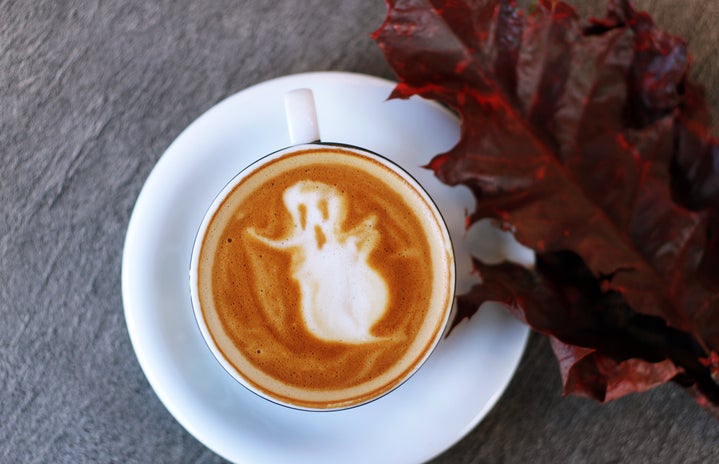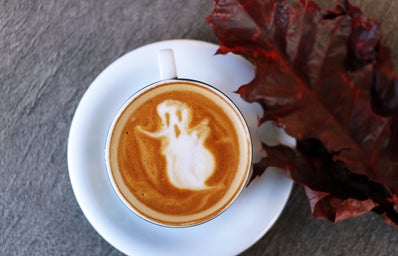This time of year, the media is saturated with anything Halloween related. Occasionally, Dia de los Muertos—Day of the Dead—a tradition that stretches back millenniums will get some attention. Many people don’t know the rich history of this colorful holiday. With Halloween around the corner, it’s time to learn about Dia de los Muertos, a holiday that’s more than “Mexican Halloween.”
Indigenous celebrations honoring the dead can be traced back nearly 3,000 years.
In the 1500’s, Spanish invaders attempted to squash out the tradition, viewing the celebration as sacrilege. The tradition endured. It soon melded with existing Catholic celebrations—All Soul’s Day on Nov. 1 and All Saint’s Day on Nov. 2—to become the Dia de los Meurtos we know today. Nowadays, Dia de los Muertos is celebrated primarily in Mexico, but is common in parts of the U.S. and much of Central and Latin America.
The ofrendas, or altars, set up to honor the dead are perhaps the most important aspect of the Day of the Dead.
Families spend months planning altars, which are set up usually in the home. For rural families, these altars can cost a pretty penny. It’s not uncommon to spend a month’s income on the altar. Families are more than happy to oblige because they believe that happy spirits will bring good luck and protection. Food makes up the bulk of ofrendas. Pan de muerte, a small bun with a small decoration on it, is very common. Yellow and gold marigolds as well as pictures, candles, and prayer cards are also included. Some families may include pillows and blankets so the spirit can rest after the long journey from the afterlife. Altars for children include toys and small trinkets while altars for adults include cigarettes and alcohol.
Colorful and elaborate skull designs are ubiquitous with Day of the Dead.
While the skulls are colorful with elaborate designs, they have rather morbid roots. Aztec warriors would keep skulls as trophies meant to symbolize death and rebirth. Instead of actual skulls, sugar skulls, as shown above, with the name of the deceased written on the forehead are eaten to pay homage to the dead.
La Catrina is a representative of the holiday.
Sketches of skeletons dancing and partying are common. In 1910, artist Jose Guadalupe Posada produced a sketch of a skeleton known as La Catrina wearing a lavish hat. According to legend, La Catrina was a cold, selfish woman who neglected the poor. This image of La Catrina has become representative of not only Day of the Dead but also the relaxed and almost humorous way Mexicans view death. Illustrations and figurines of skeletons dressed in posh clothing seen in the modern era come from Posada’s original sketch. Some people even dress up as La Catrina to celebrate the holiday.
It’s important to remember that Dia de los Muertos is not a somber or scary occasion. It is a day of celebration meant to honor and celebrate and reunite with the souls of the dead. Hay más tiempo que vida—there’s more time than life.


